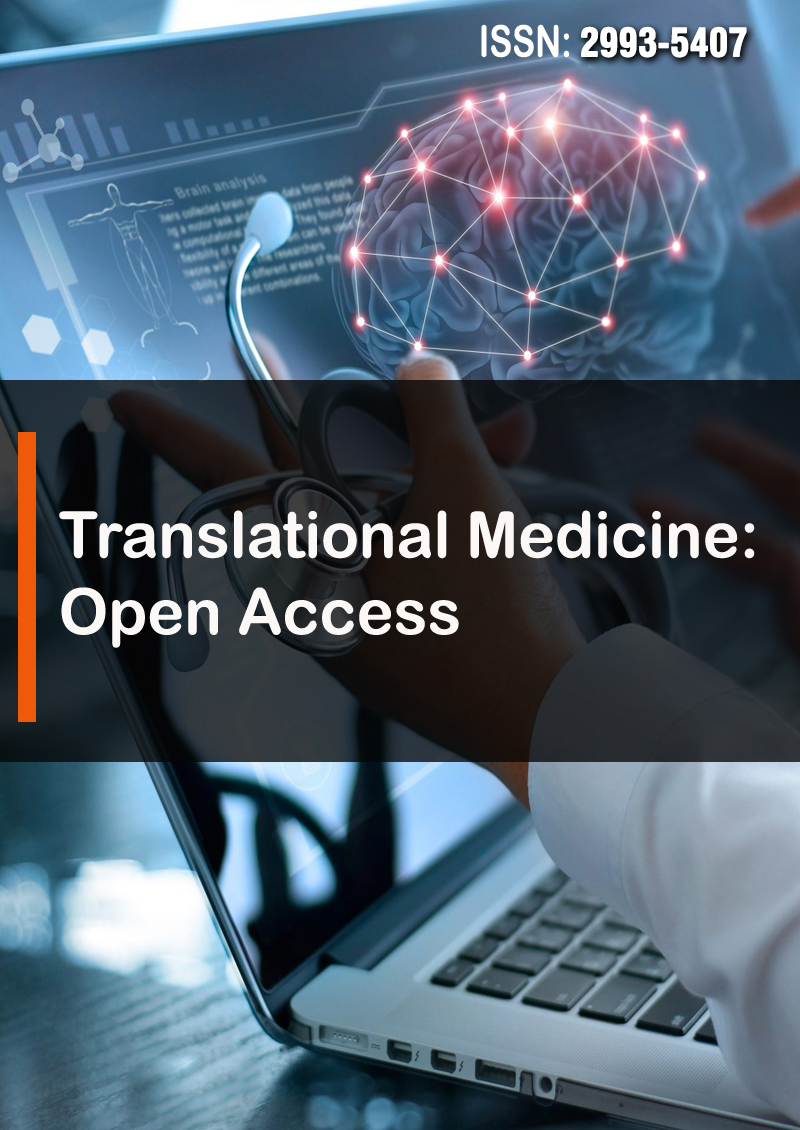Effect of Trachyspermum Ammi (Ajwain) Fruit's Aqueous Extract on Atropine Induced Dry Eye in Male Mice
Abstract
Ayda Chavoshi Aghdam, Majid Zandkarimi and Mahsa Hadipour Jahromy
Dry eye syndrome (DES) is a common eye disorder that is described as a tear film disorder caused by reduced tear production, poor tear quality, or excessive tear evaporation. This disorder is associated with symptoms of eye discomfort such as irritation, foreign body sensation, redness and itching. This disease affects the lives of millions of people and its prevalence reaches 14.5%, which is still increasing. Many evidences indicate that the increase in tear film osmolality and ocular surface inflammation caused by T cells play a role in the pathogenesis of the disease. However, the exact pathogenesis of DES is not fully understood. Oxidative stress has recently been found to play a prominent role in the development of dry eye.
Purpose of study: To investigate the therapeutic effects of topical administration of the aqueous extract of the fruit of the trachyspermum ammi (TA) plant with antioxidant effect in the experimental model of dry eye in adult male mice.
Method: In the first step the aqueous extract was prepared from the fruits of the TA. After checking the pH, osmolality and total phenol content (TPC) of the extract by Folin Ciocalteu (FC) method, three different percentages of the extract were prepared. After development of dry eyes using atropine, sterile eye drops containing solvent and extract with percentages of 1%, 2.5% and 5% were used in different groups. Eye surface moisture level was assessed using Schirmer's test (ST). After the study, the mice were euthanized and a number of corneas from each group were collected for pathological examination and comparison with the control group.
Results: According to the pathological examinations and statistical data from ST, there was no significant decrease in the moisture content of the eye surface of the control group. But over time, the moisture level of the eye surface in the atropine and atropine with solvent group, decreased significantly and the destruction of the epithelium was observed much more significant. In the atropine plus 1% extract group and atropine plus 2.5% extract group, the decrease in eye surface moisture was less and slighter inflammation and destruction were observed than groups without treatment. In the atropine with 5% extract group, according to the results of the ST (p-value<0.001), the moisture of the eye surface did not decrease significantly over time, and the results were much closer to the control group and the destruction of the epithelium and the infiltration of inflammatory cells caused by dry eye were insignificant. Conclusion Topical use of eye drops containing 5% extract of TA as a medicinal plant improved clinical symptoms, reduced inflammation, and DES induced damages in the eye of mice based on statistical evaluations using ST results (p-value<0.001) and pathological examinations.



